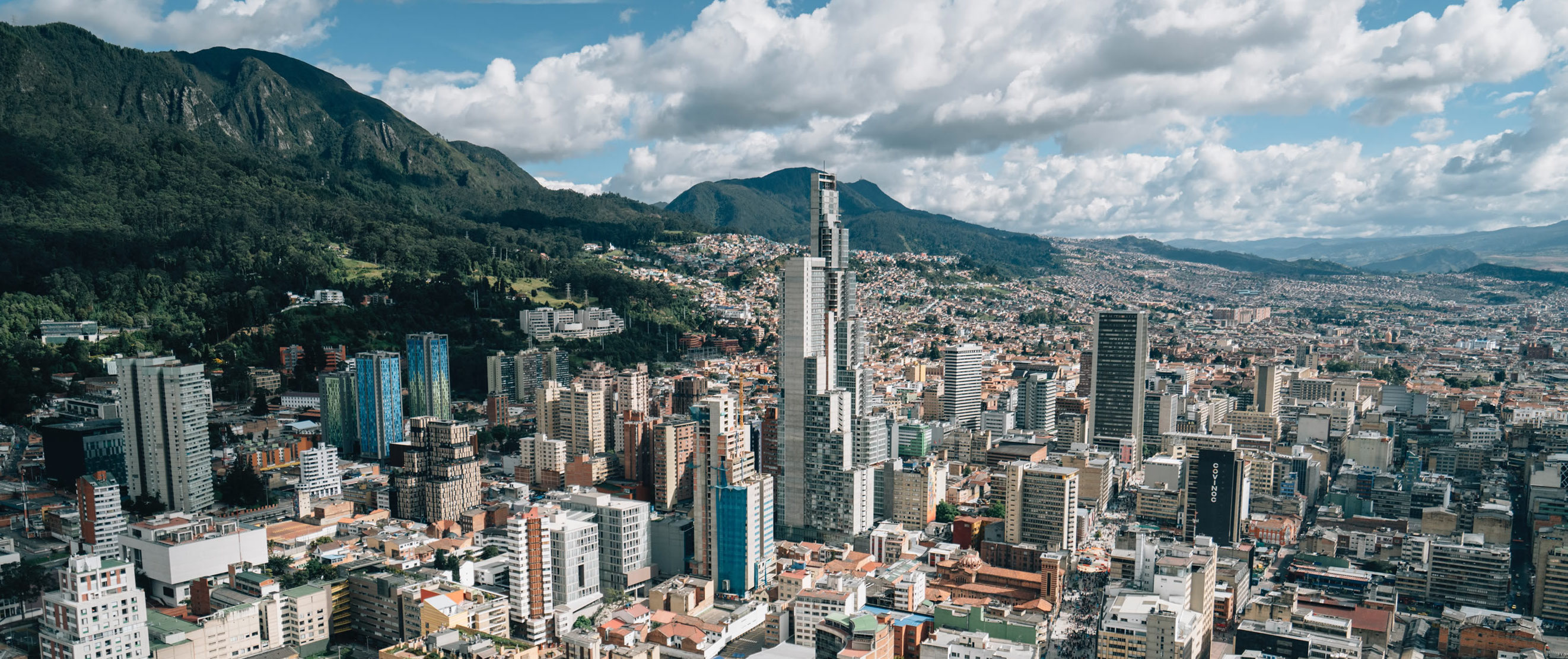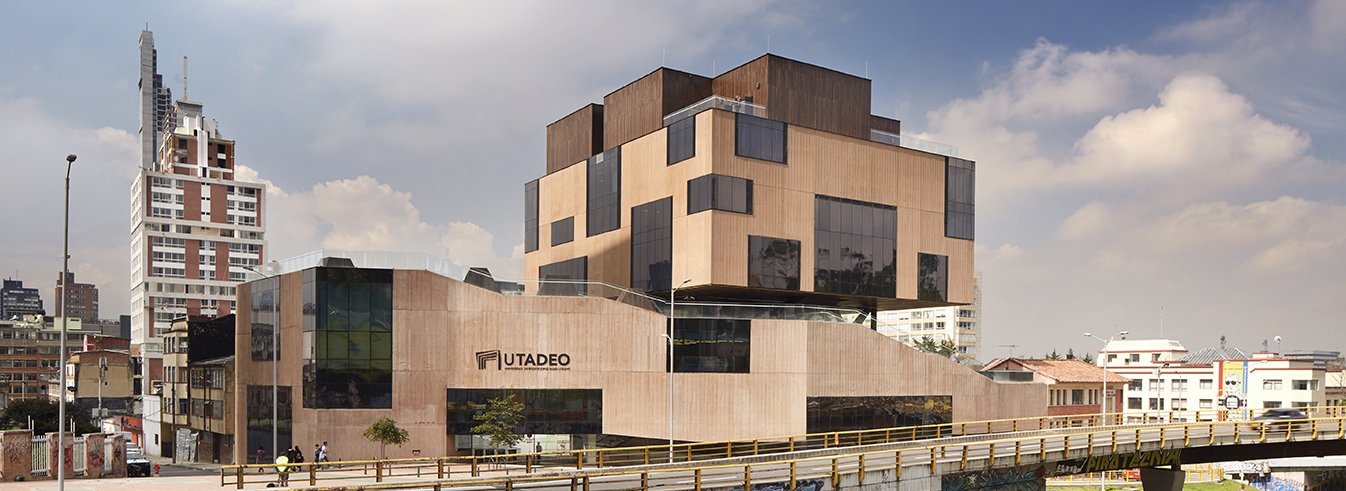
The city of Bogotá
The ICDHS13 is connected with universities and institutions in different parts of Colombia, making Bogotá the meeting hub for those who participate in the event and can approach other cultures of our country. The immense diversity of regions, thermal floors and ecosystems of Colombia has been the training field of a multiethnic country with strong cultural traditions in constant tension with the advance of globalization, enabling a meeting point between the present and cultural customs.
Bogotá is a crucial point in the relations between the American continent, as the entrance to the Southern Hemisphere of the continent. Historically it has been the meeting place of different cultural traditions of Colombia and recently it has become a melting pot of cultures from different parts of the world, due to the strong regional and global migration that the city is experiencing. In recent years, the pace of growth of the city has increased rapidly due to the regional and international links that have been woven in the commercial and cultural fields, changing the dynamics of the city.
Bogota's geographical location makes it a crossroads of paths and experiences that have been expanding beyond Colombia, opening spaces for new experiences in the field of design. The educational availability in this area is very broad since based on the design programs accredited as high quality by the Ministry of National Education, the city has around nine universities that offer programs in this field, making Bogota an attractive space for the practice of design. Apart from these institutions, other spaces have been dedicated to the practice of design, forming communities and nodes where different disciplines of the design world are developed. Alternative and emerging spaces in neighborhoods such as San Felipe, Teusaquillo, Chapinero, Macarena, Candelaria, among others, connect designers and communities not only from the city but also from other regions of the country.
Another important aspect of the city is its connection with other regions of the country and the world, with two air terminals that facilitate travel to places of the diverse national geography. From Bogota you can go to the Caribbean, Pacific, Andean, Amazonian and eastern plains areas, which allows you to find different cultural traditions representative of Colombia.
About Jorge Tadeo Lozano University,
host of ICDHS13

The UJTL is nationally recognized as an institution linked to teaching and research in the field of design. The Faculty of Arts and Design combines different programs and training curricula that enable constant exchange between training areas and promote research processes in the field of design. Specifically, in the field of the history of design, the research carried out by the University has sought to generate impact in the external environment, linking institutions such as the Academic Design Network (RAD), the National Library or the National Museum, as some examples.
The UJTL addressed the ICDHS13 to researchers from other institutions, proposing topics that it considers crucial in the historical moment that design is experiencing, thus seeking new perspectives on the role and practice of the discipline in the face of the challenges that involve relating the practices arising from the centers of power and the practices stemming from the periphery.
